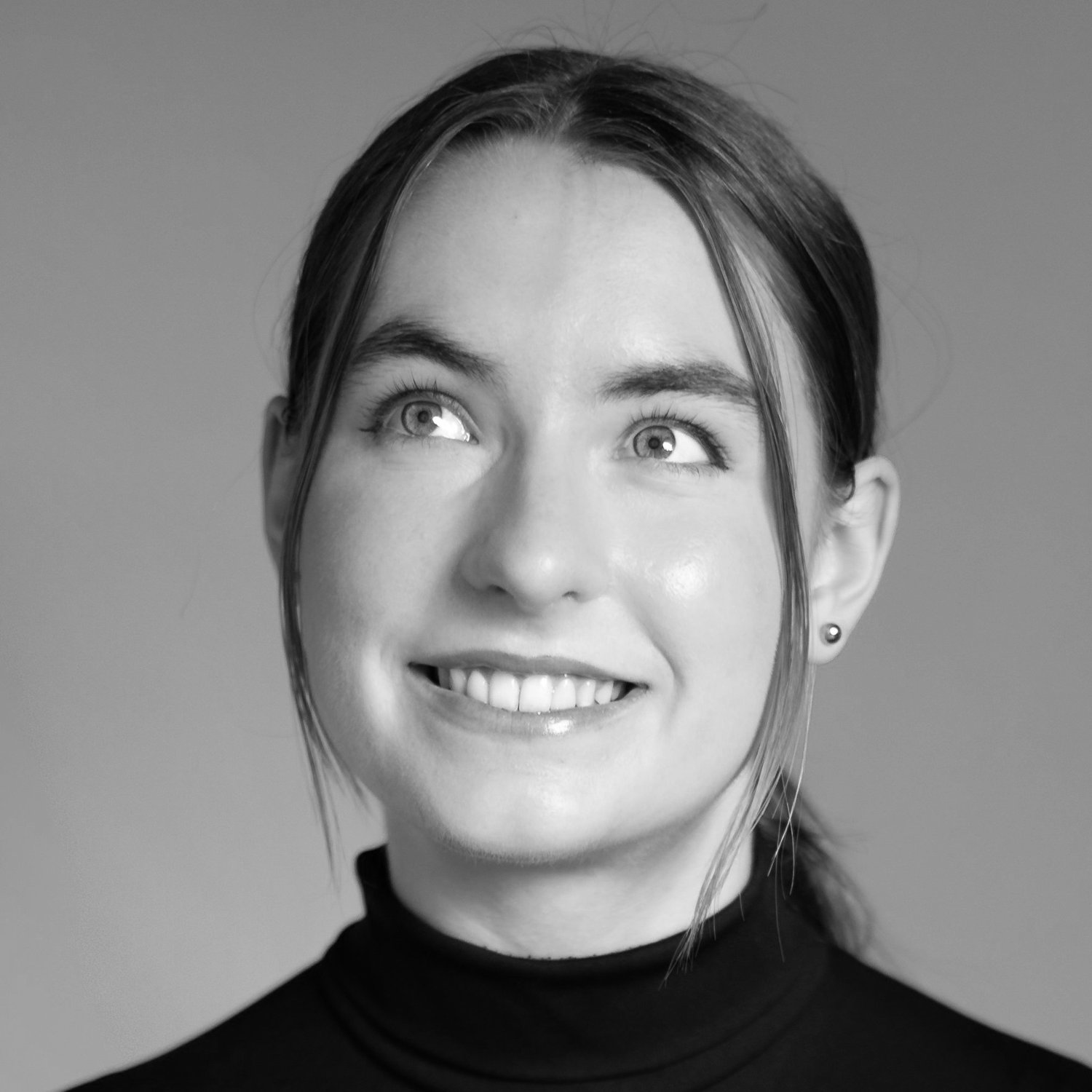Abstract:
Existing at the awkward intersection of gender and sexuality, we lesbians have long struggled to document and prove our legitimacy. More often than facing overt discrimination and violence as our male homosexual and transgender peers do, lesbians instead are met with denial and repudiation of our very existences. This erasure permeates all corners of the globe and is just as destructive as any other form of homophobia. My project “Flowers” attempts to combat this contemptuous active ignorance by drawing attention to the historical lesbian community in Berlin’s Weimar Republic. I chose this era of queer history because I feel its death at the hands of the national socialist government very aptly represents this unique, contradictory form of homophobia that women face. While lesbianism and sex acts between women were never specifically outlawed by the nazi regime, they nevertheless expended a great amount of energy harassing and displacing members of the lesbian communities that existed and imprisoned and murdered a large number of lesbian women.
In my piece, I represented this history through two primary mediums; a movement piece, and a mural. I chose these mediums for several reasons, firstly; I knew from the beginning that I wanted to dance to be utilized in the work because ballroom dance and social dance gatherings were a staple of Queer Weimar community gathering places as well as a place of joy. It is my thought that in a world that attempts to drown us in shame, Queer joy is one of the most radical forms of protest available to us in the LGBTQ community. The aesthetics of these ballrooms and clubs were of particular interest to me as a choreographer and I had the intention upon arrival of visiting some of these historical locations but these places had all either closed or gradually transitioned into primarily spaces for gay men. Ironically this finding proves the reality of lesbian erasure even in cities as progressive as modern-day Berlin.
The mural I decided upon later. I began to question how my inherently ephemeral performative artistic practice may metaphorically contribute to this concept of erasure and decided it important to leave something behind to be viewed and contemplated by the audience. Keeping with my theme of Queer joy I researched archives from the Schwules Museum for images of lesbian couples and gay friend groups as well as love letters and poetry shared between women. As I researched, I decided to broaden my piece to include other hard evidence of their community's existence like scientific articles written by the Institute of Sexology(a profoundly influential institute in normalizing the theory of queerness being an innate part of one's identity and in advocating for and treating issues facing the community), as well as images, articles and short stories by lesbians, about lesbians and for lesbians. I fashioned these images and pieces of text into paper posters reminiscent of old propaganda and the grunge band and protest posters I kept seeing all around the city. In my mind, this represented the history of activism of lesbians. I also fashioned them into a triangle to pay homage to the triangles that women would have to wear in concentration camps. I kept the colours purple and black to honour the love poetry of Sappho of lesbos where she compares her love to violets as well as to pay homage to the long-standing history of lesbianism and queerness being associated with lavender as is seen in the terms “lavender marriage” which was a marriage of convenience between a gay man and lesbian and “lavender menace” which was a term made up by homophobic second-wave feminists who wanted to oust lesbians from the movement. This also reflects back to the song used as then the “flowers” become representative of the lesbian community that was broken up by fascism” Purple has also recently been adopted by modern feminist movements like the anti-femicide protests in South America. For my song, I wanted to use a piece sung by Marlene Dietrich as she has become somewhat of a symbol of queer feminity at the time as she was pretty openly bisexual, cross-dressed publically and on screen and wore purple flowers in her suits often. She also dedicated a great deal of her life to fighting fascism by moving from Germany to America and performing for soldiers on the front lines. I decided to use her cover of the song “Where Have All the Flowers Gone?” but I re-contextualized it by editing out the lines about men so that the women become the fallen soldiers whose bodies then become the flowers. This changes the song to be about the lesbians who died fighting for their rights and their bodies becoming flowers that then get picked by the next generation of little girls representing how lesbianism isn’t ever going away, despite its erasure in society it existed and will continue to exist forever.
Sources:
Archives:
Shwules Museam Archive
Articles:
Espinaco-Virseda, Angeles. “"I Feel That I Belong to You": Subculture, Die Freundin and Lesbian Identities in Weimar Germany.” Spacesofidentity.net, 2004, https://doi.org/10.25071/1496-6778.8015.
Marhoefer, Laurie. “Degeneration, Sexual Freedom, and the Politics of the Weimar Republic, 1918-1933.” German Studies Review, vol. 34, no. 3, 2011, pp. 529–49. JSTOR, http://www.jstor.org/stable/41303797. Accessed 19 May 2023.
United States Holocaust Memorial Museum LESBIANS UNDER THE NAZI REGIME March 21 2021 https://encyclopedia.ushmm.org/content/en/article/lesbians-under-the-nazi-regime
Books:
Ben Miller and Hwu Lemmy Bad Gays: A Homosexual History 2022, London
Robert Beachy Gay Berlin. Birthplace of a Modern Identity 2015, New York
Blogs:
Shuil Writes Category: Historical Lesbian Love Letters Sept. 18th 2016 https://shuilwritesblog.wordpress.com/category/historical-lesbian-love-letters/page/2/
Films:
Mädchen in Uniform 1931
Morocco 1930
Poetry:
Works by Sappho of Lesbos
Works by Marie Madeline
Video Essays:
Jessica Kellgren-Fozard The Bisexual Anti-Fascist Marlene Dietrich June 14th 2019 https://youtu.be/ZDYd2cMcc-U
Kaz Rowe The Queer History of Weimar Germany Nov. 20 2021 https://youtu.be/oNGvga0QKZg
